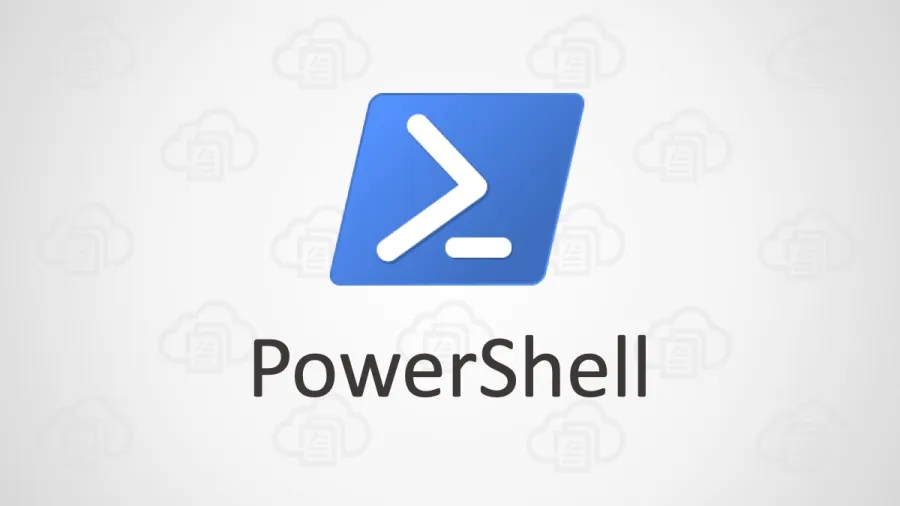
在快节奏的 IT 世界和远程工作中,效率和节省时间的技术是最重要的。对于经常连接到远程桌面的专业人员来说,手动输入登录凭据的过程可能是一项乏味且耗时的任务。为了应对这一挑战,PowerShell 脚本提供了一种自动登录远程桌面连接的解决方案,从而节省了时间并提高了生产力。
The PowerShell Script
下文中提供的 PowerShell 脚本演示了自动登录到远程桌面连接 (RDC) 的过程。它巧妙地利用了一系列 cmdlet 命令来简化身份验证过程,使用户能够连接到远程桌面,而无需每次都手动输入凭据。
powershell
## PowerShell Script to auto login to remote desktop
# Set variables for server address, username, and password
# Keep password in single quote to handle special character
$Server = "rdc.example.com"
$User = "username"
$Password = 'password'
# Remove any existing Remote Desktop Connection credentials from Windows Credential Manager
cmdkey /list | ForEach-Object {
if ($_ -like "*target=TERMSRV/*") {
$credentialTarget = $_ -replace " ", "" -replace "Target:", ""
cmdkey /del:$credentialTarget
}
}
# Announce the initiation of a connection to the specified Remote Desktop
echo "Connecting to $Server"
# Save the Remote Desktop connection credentials using cmdkey
cmdkey /generic:TERMSRV/$Server /user:$User /pass:$Password
# Initiate a Remote Desktop connection to the specified server
mstsc /v:$ServerHow the Script Works
Setting Up Connection Parameters
第一步是配置远程桌面系统主机地址和登录凭据。
powershell
$Server="rdc.example.com"
$User="username"
$Password='password'Clearing Existing Credentials
然后,代码开始使用 cmdkey 列出所有保存的凭据,然后筛选出远程桌面的凭据,使用模式"target=TERMSRV/"进行连接。然后删除这些凭据,以确保使用新的登录信息。
powershell
cmdkey /list | ForEach-Object{
if($_ -like "*target=TERMSRV/*"){
cmdkey /del:($_ -replace " ","" -replace "Target:","")
}
}Shows a message
脚本在屏幕上打印一条消息,表明与远程桌面的连接已启动。
powershell
# Announce the initiation of a connection to the specified Remote Desktop
echo "Connecting to $Server"Saving Credentials
脚本使用 cmdkey 为远程桌面服务器创建通用凭据项。此步骤保存用户名和密码,使自动化登录更高效。
powershell
cmdkey /generic:TERMSRV/$Server /user:$User /pass:$PasswordInitiating the Remote Desktop Connection
最后,脚本调用 MSTSC,启动连接到远程桌面。
powershell
mstsc /v:$ServerImplementation Steps
脚本使用步骤如下:
(1) 将上述脚本保存为 connect remote desktop.ps1
(2) 替换实际的远程桌面服务器地址、用户名和密码。
(3) 在脚本上右键单击,然后选择 Run with PowerShell
我的开源项目
